If your dog is itching frantically, smells bad, and has greasy skin, you might be looking at a yeast infection. While this condition is common, many dog owners aren’t prepared to manage it - especially when it comes to diet. Certain foods can worsen yeast infections, while others help restore balance and support healing. Understanding the right dietary approach will help you keep your furry friend nice and healthy. In this article, you find out what to feed your dog if it has a yeast infection. We’ll cover everything from foods to avoid to nutritional meals that promote recovery.
Table of Contents
- Yeast Infections in Dogs
- Foods to Avoid When Your Dog Has a Yeast Issue
- Best Foods to Feed a Dog With Yeast Infection
- Homemade Food for Dogs with Yeast Infections
- Supplements and Natural Remedies For Healing
- Lifestyle and Hygiene Practices
- When to Seek Veterinary Advice
Yeast Infections in Dogs
Yeasts are fungal organisms that naturally live on every dog’s skin. In some cases, this yeast may overgrow and cause an infection - often because of genetics. A yeast infection is especially common in breeds with lots of folded skin. Underlying health conditions like dog food allergies, sensitivities, an imbalance of bacteria, or a weakened immune system can also cause this issue. Too many yeast-promoting foods in your dog’s diet can trigger it as well, but more on that later.
Yeast infections most commonly appear on your furry friend’s skin (yeast dermatitis), paws, or in its ears (yeast otitis). If it’s yeast dermatitis, you’ll notice greasy skin, hair loss, a foul smell, and uncontrollable itching. On the paws, you’ll see open pores, discoloration, and a lot of itching and licking. As for yeast otitis, the symptoms include brown discharge, a strong odor, shaking of the head, and non-stop itching of the ear. Armpits, tail, belly, anus, and vulva are all prone to yeast infections as well - although not as commonly.
Foods to Avoid When Your Dog Has a Yeast Issue

If you’re wondering what to feed your dog when it has a yeast infection, keep in mind that certain foods encourage the overgrowth of yeast. These include:
- Grains, such as wheat, corn, and barley: These are high in carbohydrates, which break down into sugars in the body. Since yeast thrives on sugar, feeding your dog grain-heavy food can worsen or trigger yeast overgrowth.
- Starchy vegetables like potatoes and peas: While you might feel like these are healthy options, the truth is that they contain a lot of natural sugars and starch, which are known to feed the yeast.
- Carbohydrate-dense foods, such as rice, oatmeal, and pasta: These foods are high in carbs, meaning they will convert into sugar inside Fido’s body, creating an environment where yeast can flourish.
- Sugary foods like honey, syrup, and fruits with high sugar content: Sugar, whether natural or artificial, can fuel yeast growth. Limit fruits like bananas and apples, or avoid them completely if your dog is prone to yeast infections.
- Processed dog food, which includes fillers, artificial flavors, and preservatives: Avoid processed dog food at all costs. Not only do they contribute to yeast problems, but they can also cause inflammation and weaken your furry friend’s immune system.
- Dairy products, except for unsweetened plain yogurt: Most dairy products contain lactose, a natural sugar that can feed the yeast on your dog’s body. The only exceptions are unsweetened plain yogurt and kefir, which contain probiotics that help restore Fido’s gut balance and fight yeast overgrowth.
Best Foods to Feed a Dog With Yeast Infection

So, what do you feed your dog if it has a yeast infection? As we’ve already established, a diet free of grains, starch, carbs, sugar, lactose, and additives is the way to go. While it might seem like we’ve crossed out every option, the healthy options are plenty.
- Lean proteins, such as chicken, turkey, and fish: High-quality protein sources like cooked chicken, turkey, and fish are ideal for keeping yeast at bay. These foods provide essential nutrients for Fido’s muscle maintenance - minus the excess carbs that encourage yeast growth.
- Leafy greens like spinach and kale: These greens are rich in nutrients and loaded with antioxidants that boost the immune system. You can lightly steam them before serving them to your dog so the nutrients are absorbed more easily.
- Coconut oil: Coconut oil helps fight yeast both internally and externally. Just mix a teaspoon into your four-legged friend’s meal to support its digestive health. You can also topically apply it to your dog’s skin to soothe the irritated areas on its body.
- Bone broth: Known for its inflammation-reducing qualities, bone broth is an amazing source for overall digestive health. You can serve it as a hydrating treat or add it to your dog’s meal.
- Plain yogurt and kefir: We mentioned earlier that most dairy products are no-nos in your dog’s diet - with yogurt and kefir being exceptions. These probiotic-rich foods promote a healthy gut microbiome, which is key to keeping yeast overgrowth under control. Just make sure to choose the unsweetened ones to avoid any unwanted sugar.
Homemade Food for Dogs with Yeast Infections
Now that you know what to avoid and what to stick to, it’s time to make the transition. With all this said, we know that changing your dog’s food might seem like a complicated process, but it’s not. Homemade food for dogs with yeast infections can be a great option to ensure you’re avoiding common irritants and feeding only clean, nutrient-dense meals.
To get you started, we’ve prepared sample diet plans you can refer to. Keep in mind that serving sizes vary widely depending on your dog’s breed, size, age, and energy levels.
Morning Meal
Chicken Thighs, Ground Beef, and Veggies Recipe
Ingredients:
- 2 lbs. boneless chicken
- 1.5 lbs. ground beef
- 1 cup rolled oats
- 12 ounces frozen mixed vegetables (broccoli, carrots, and cauliflower)
Directions:
- Place the boneless chicken in a large pot and add enough water to fully cover it.
- Bring the water to a boil, then reduce to medium heat, cover, and let it cook for 40 minutes until tender.
- Once cooked, shred the chicken using a fork.
- Add the ground beef, rolled oats, and frozen vegetables to the pot.
- Cover and let the mixture simmer for 15 minutes, stirring occasionally.
- The meal is ready when the ground beef is fully browned.
- Let it cool before serving to your dog.
Ground Turkey and Kale Recipe

Ingredients:
- 1 lb. lean ground turkey
- ½ lb. chicken hearts
- 1 oz. beef liver (about ⅓ of a deck of cards)
- 2 eggs (without shells)
- ½ cup chopped kale
- ½ cup chopped broccoli or broccoli sprouts
- 2 tsp turmeric
- 2 tsp garlic (2 cloves)
- 2 tsp ginger
- 2 tbsp bone meal
- 2 tbsp apple cider vinegar
- 2 tbsp ground pumpkin seeds
- 2 tsp MCT oil
- 1 tsp chlorella
- ½ tsp Himalayan pink salt
- Fish oil
Directions:
- Chop ingredients or blend in a food processor.
- Bake at 300°F for 20-25 minutes.
- Add marine oil after cooling and serve with a little bit of fish oil.
Raw Chicken and Broccoli Recipe
Ingredients:
- 1 lb. raw chicken (thighs, drumsticks, or breast)
- ½ cup broccoli sprouts
- 1 egg (without shell)
- 2 tsp apple cider vinegar
- 1 tsp garlic (2 cloves, finely minced)
- 1 tsp MCT oil
- ½ tsp kelp
Directions:
- Chop all ingredients finely or blend in a food processor.
- Mix well and serve raw.
- You can store leftovers in the fridge for up to three days or in the freezer for up to three months.
Midday Snack
Coconut and Pumpkin Seed Bites Recipe

Ingredients:
- ½ cup unsweetened coconut flakes
- ¼ cup ground pumpkin seeds
- 1 tbsp coconut oil
- ½ tsp turmeric
Directions:
- Mix all ingredients in a bowl.
- Roll into small bite-sized balls.
- Chill in the fridge for 30 minutes before serving.
Chia and Blueberry Pudding Recipe
Ingredients:
- ½ cup unsweetened coconut milk
- 2 tbsp chia seeds
- ¼ cup mashed blueberries
- ½ tsp cinnamon
Directions:
- Mix all ingredients in a bowl.
- Let it sit in the fridge for 30 minutes until thickened.
- Serve chilled.
Frozen Apple Cider Vinegar Cubes Recipe
Ingredients:
- 1 cup water
- 2 tbsp apple cider vinegar
- ½ tsp cinnamon (optional)
Directions:
- Mix ingredients and pour into ice cube trays.
- Freeze for at least four hours.
- Serve as a refreshing snack on hot days.
Evening Meal
Beef and Cauliflower Anti-Yeast Bowl

Ingredients:
- 1 lb. ground beef (preferably grass-fed)
- ½ cup cauliflower (steamed & mashed)
- ½ cup green beans (chopped)
- 2 tbsp coconut oil
- 1 tsp turmeric
- 1 tsp ground pumpkin seeds
Directions:
- Cook ground beef in a pan over medium heat until fully browned.
- Steam cauliflower until soft, then mash it.
- Steam green beans until tender.
- Mix everything and add coconut oil, turmeric, and pumpkin seeds.
- Allow to cool before serving.
Turkey, Spinach, and Zucchini Mix Recipe
Ingredients:
- 1 lb. ground turkey
- ½ cup chopped spinach
- ½ cup chopped zucchini
- 2 tbsp coconut oil
- 1 tsp turmeric
- 1 tsp ground pumpkin seeds
Directions:
- Cook the ground turkey in a pan over medium heat until fully browned.
- Add spinach, zucchini, and turmeric, and cook for five more minutes.
- Stir in coconut oil and pumpkin seeds.
- Let it cool before serving.
Baked Salmon and Coconut Meal
Ingredients:
- 1 lb. fresh salmon (boneless)
- ½ cup shredded carrots
- ½ cup green beans
- 2 tbsp coconut flour
- 1 tbsp coconut oil
- 1 tsp oregano (natural antifungal)
Directions:
- Preheat the oven to 350°F.
- Bake salmon for 15-20 minutes.
- Steam carrots and green beans until soft.
- Mix everything and add coconut oil and oregano.
- Let it cool before serving.
Make sure your dog has fresh water available at all times and rotate the protein source whenever possible, just in case your pup has food sensitivities. With a dietary plan like this, you’ll be keeping yeast infections in check and, just in case, providing your dog with the best food for allergies at the same time.
Supplements and Natural Remedies That Support Healing
When it comes to knowing what to feed your dog if it has a yeast infection, it’s a good idea to get familiar with the supplements and natural remedies you can add to your dog’s diet. The right supplement and natural remedies can help prevent yeast overgrowth by boosting the immune system and supporting the digestive system.
- Probiotics: To guarantee a healthy balance of gut bacteria in your pooch’s body and to prevent yeast from thriving in there, probiotics should be a top priority. You can find healthy doses of probiotics in plain yogurt and kefir.
- Omega-3 fatty acids: Adding fish oil to your dog’s diet has tons of benefits. Fish oil is loaded with omega-3 fatty acids, which help reduce inflammation and improve skin health.
- Coconut oil: As one of the best all-natural remedies, coconut oil is a great antifungal treatment for Fido. You can add small amounts of the oil to your dog’s food or use it as a topical treatment.
- Digestive enzymes: If you want to help your pooch break down food properly and smoothly, consider adding digestive enzymes to its diet. They reduce the risk of gut imbalances and serve as a safe remedy to prevent yeast.
- Apple cider vinegar: Given in small amounts, apple cider vinegar can help maintain a balanced pH in your dog’s body while supporting skin and coat health.
- Quercetin: This natural antihistamine helps reduce inflammation caused by allergies in your dog’s body and is a must-add to your pup’s diet.
Lifestyle and Hygiene Practices That Complement Diet
In addition to the dietary changes, you’ll want to stay on top of your pup’s lifestyle and hygiene to minimize the risk of yeast infections. You can do that by adding a few new routines into your canine companion’s life.
Regular grooming should be a top priority. This means keeping Fido’s skin and coat clean and dry, especially after baths. You’ll also want to look into antifungal products like medicated shampoos, sprays, and wipes. Most importantly, always remember to keep those cute ears clean. Yeast loves warm and moist places, so make sure it doesn’t camp in your dog’s ears. It goes without saying that regular cleaning can go a long way.
When to Seek Veterinary Advice
If it’s your puppy’s first time dealing with an ear infection, it’s only natural that you panic and not know what to do - especially if you’re a first-time pet parent. In such cases, you can always call a vet or visit one. A professional will tell you what steps you can take.
Now, if it’s a “been there, done that” situation, you can try some of the home remedies first. However, if the issue persists, the symptoms get worse, or the infections become more frequent, you’ll need the vet’s help. Sometimes, home remedies alone won’t help and your dog will need medication.
Conclusion
Helping your dog fight a yeast infection doesn’t have to be complicated. With the right diet, supplements, and hygiene routine, you can get your pup back to feeling happy and itch-free. Avoid foods that feed yeast and stick to nutrient-rich, gut-friendly options. You can even throw in some probiotics and coconut oil for extra support. Keeping up with regular grooming helps, too! If things don’t improve, don’t stress - just check in with your vet. A few simple changes can go a long way in keeping your furry friend healthy, comfortable, and yeast-free.

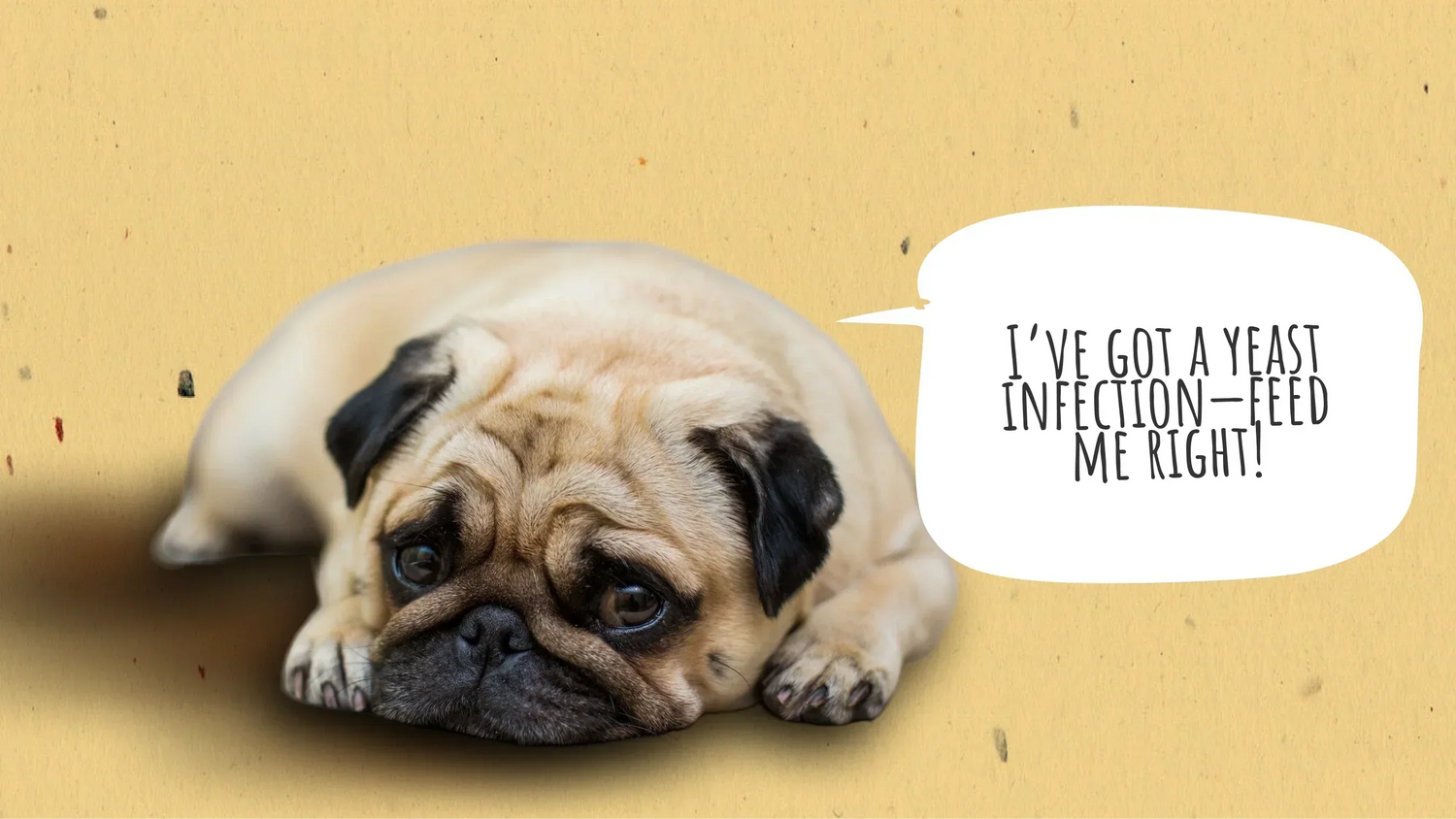
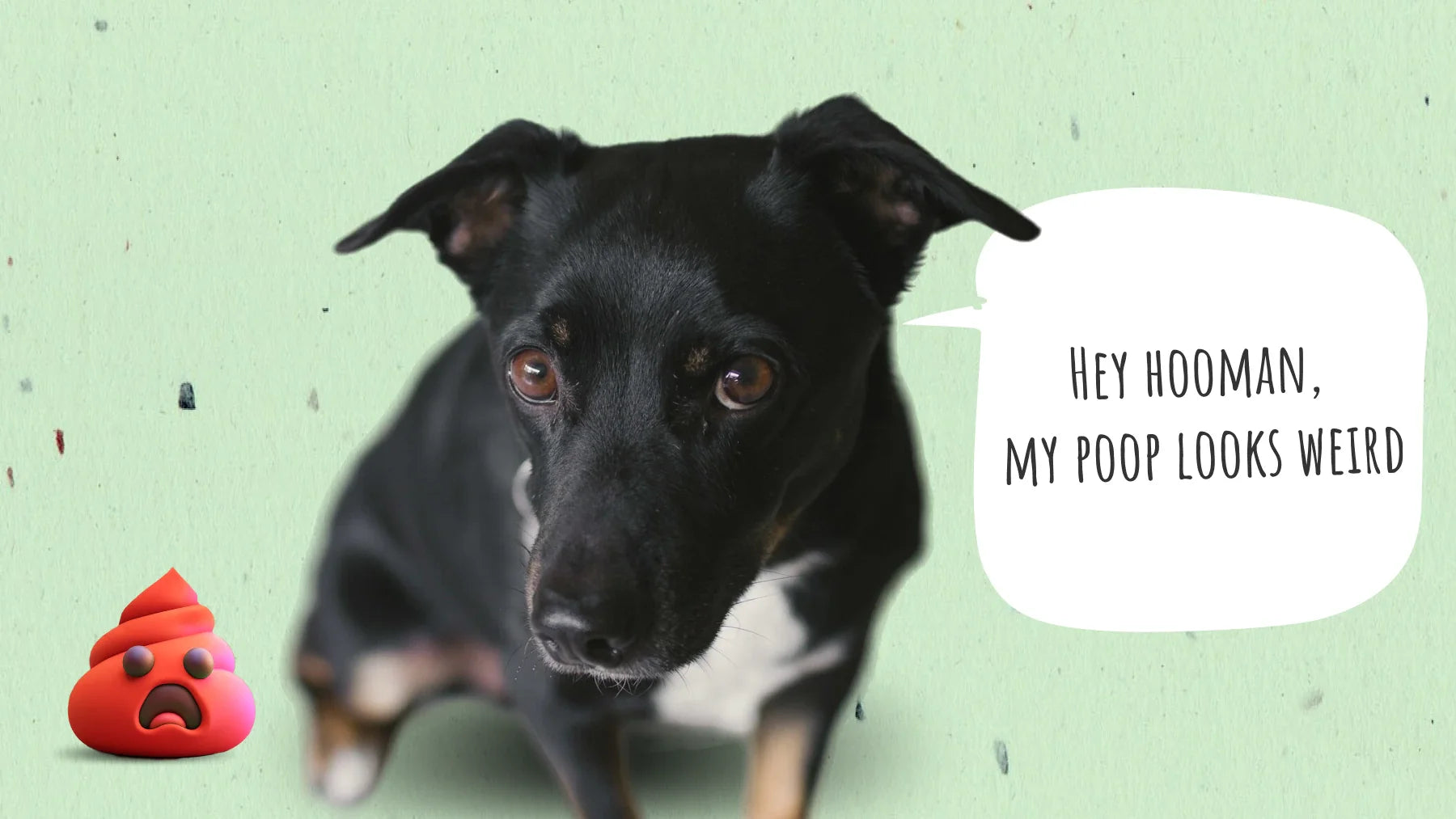

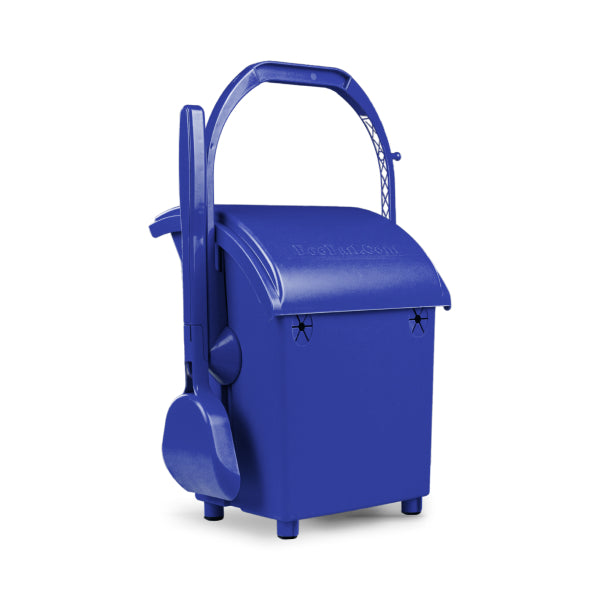
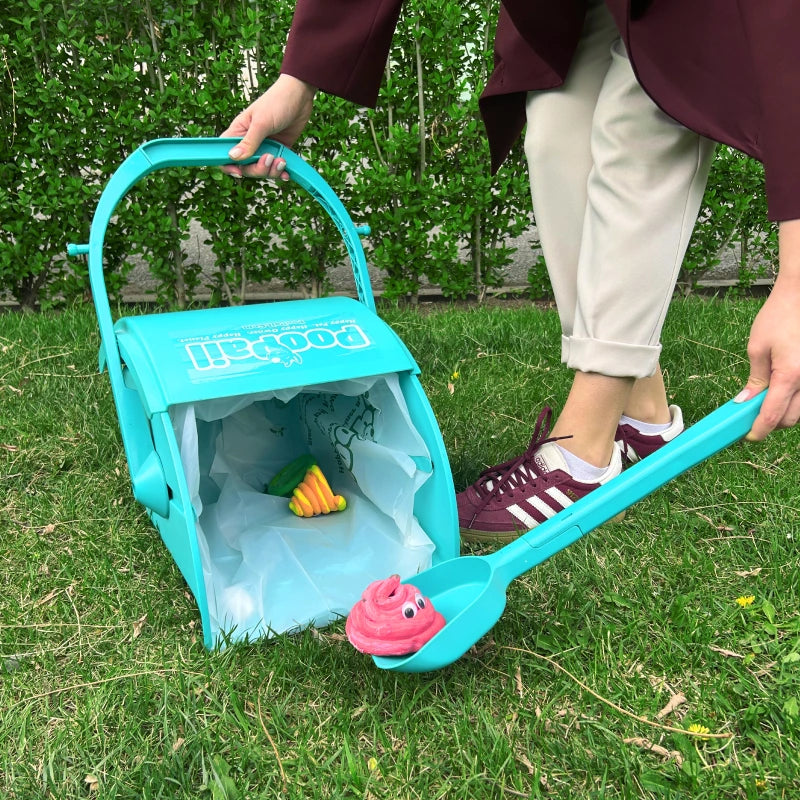
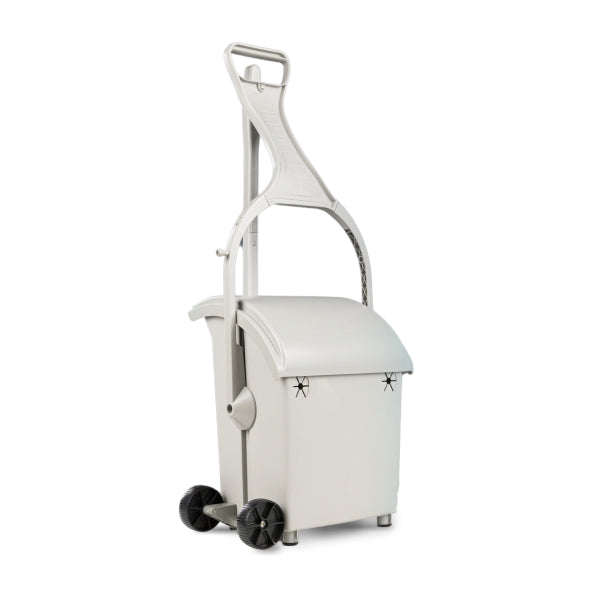
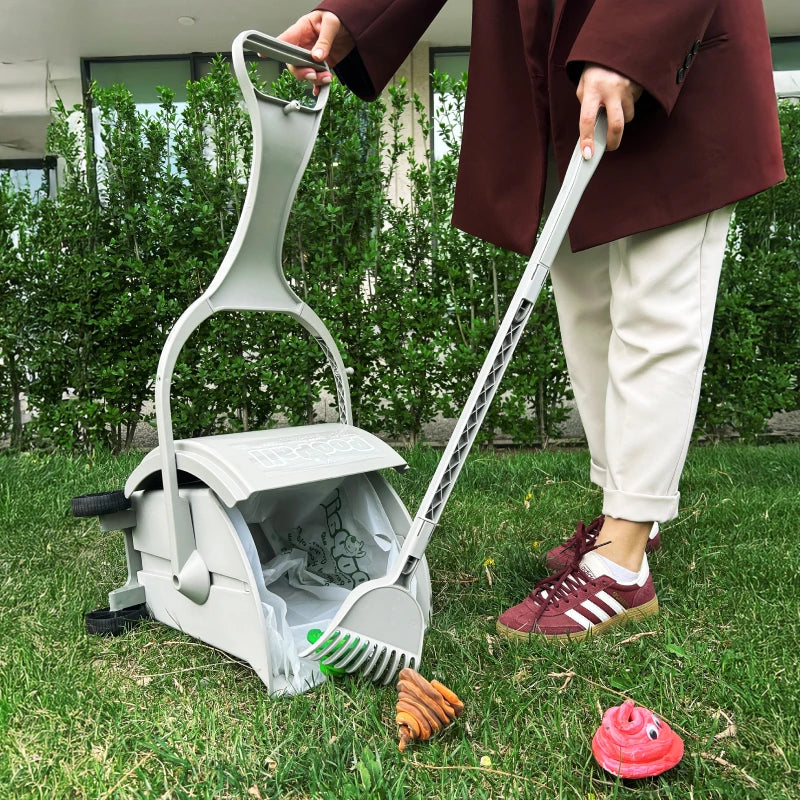
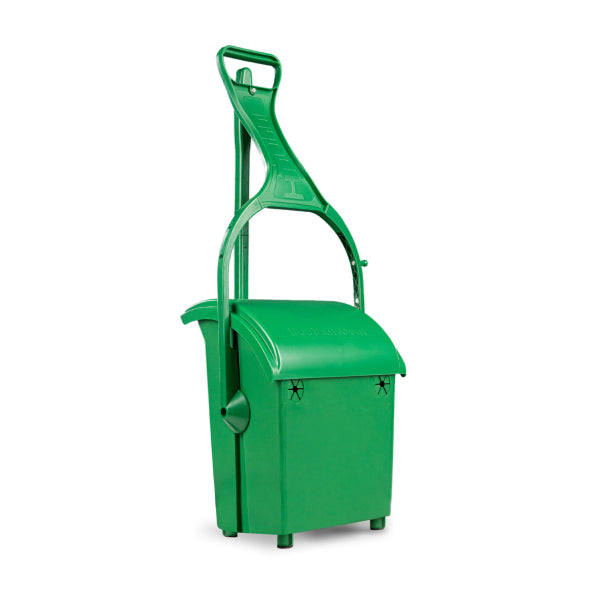
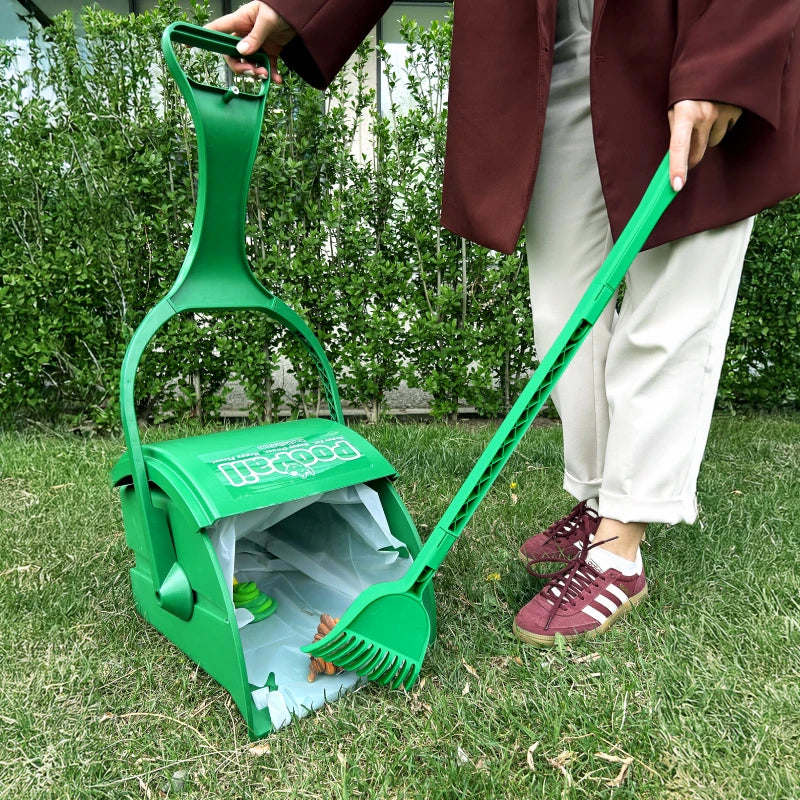
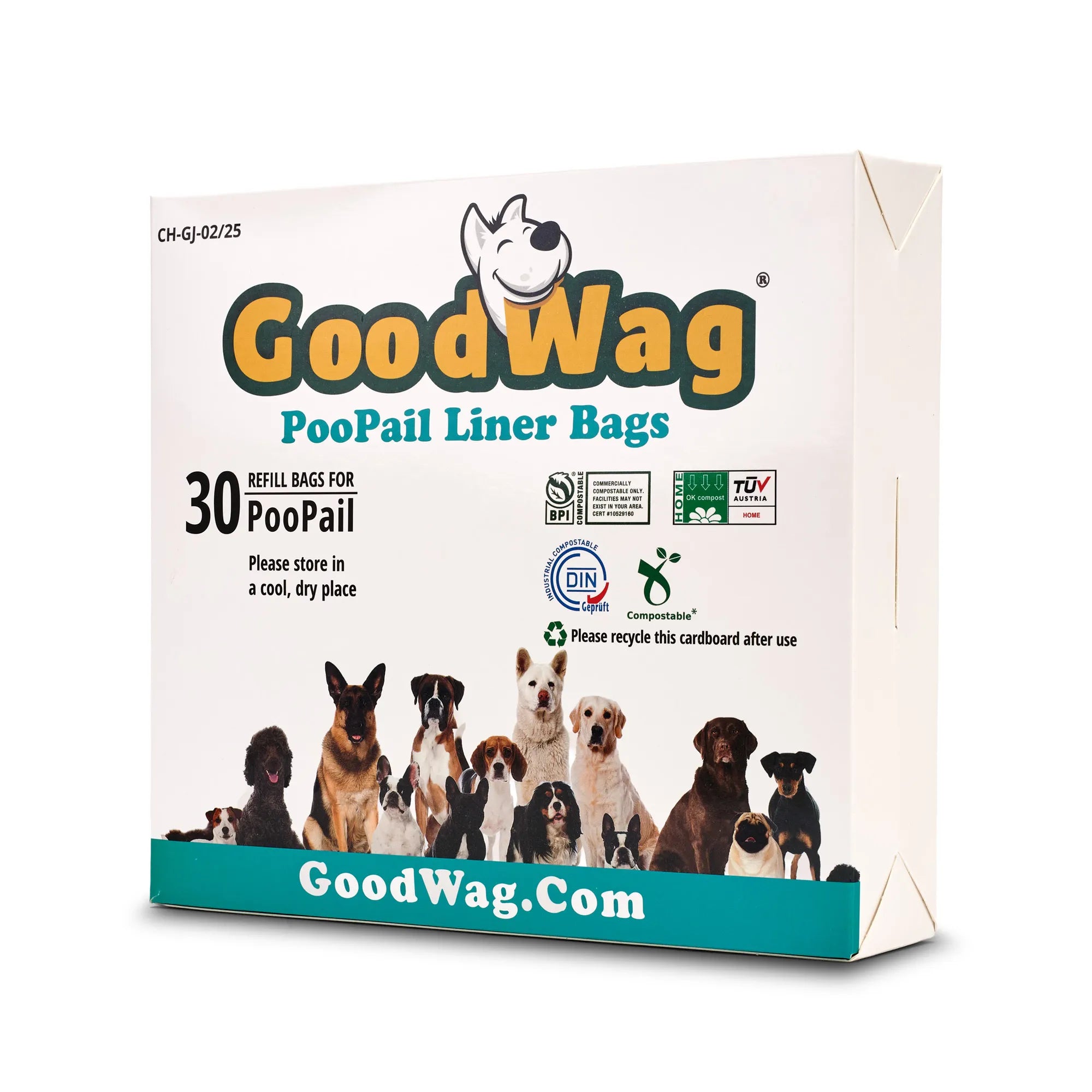
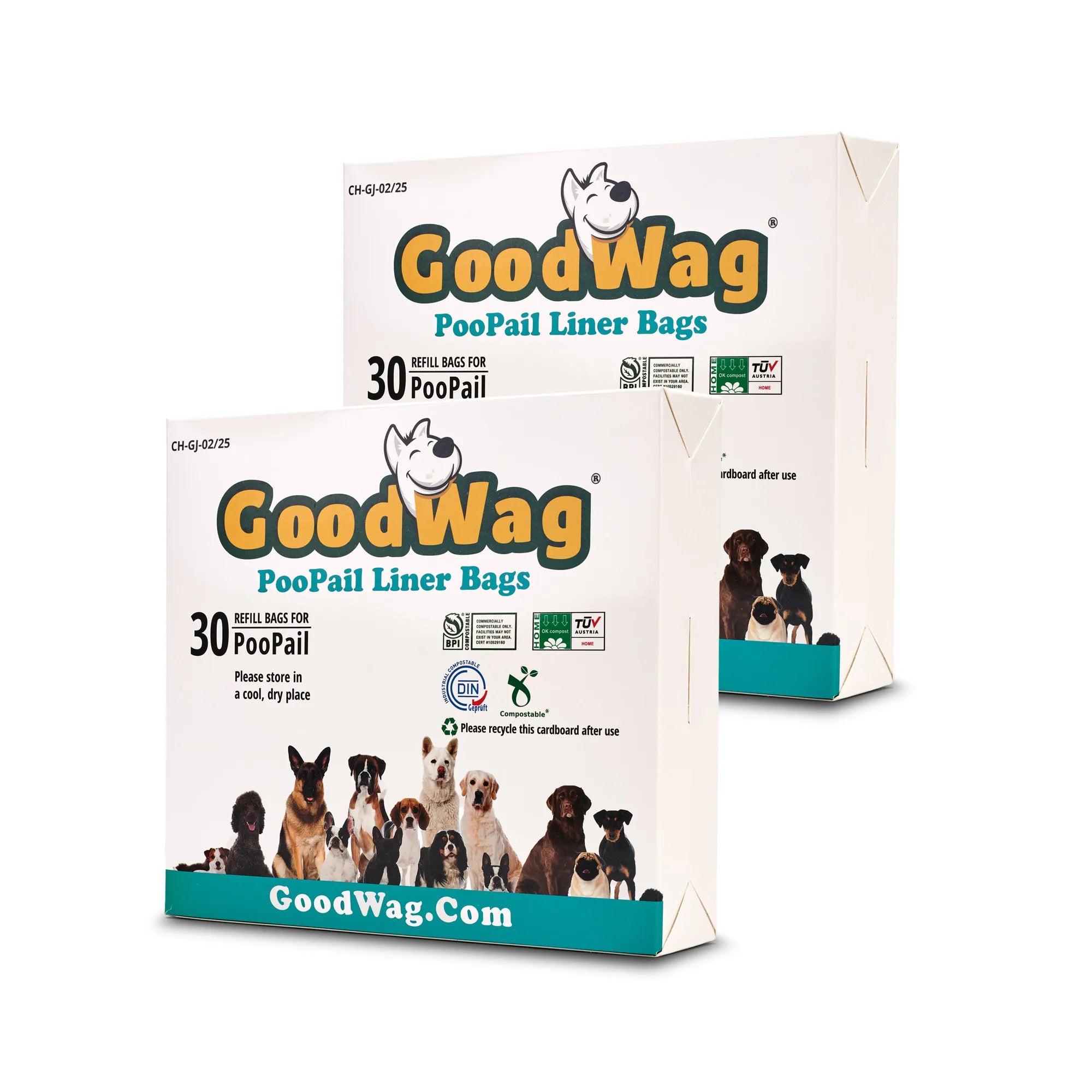
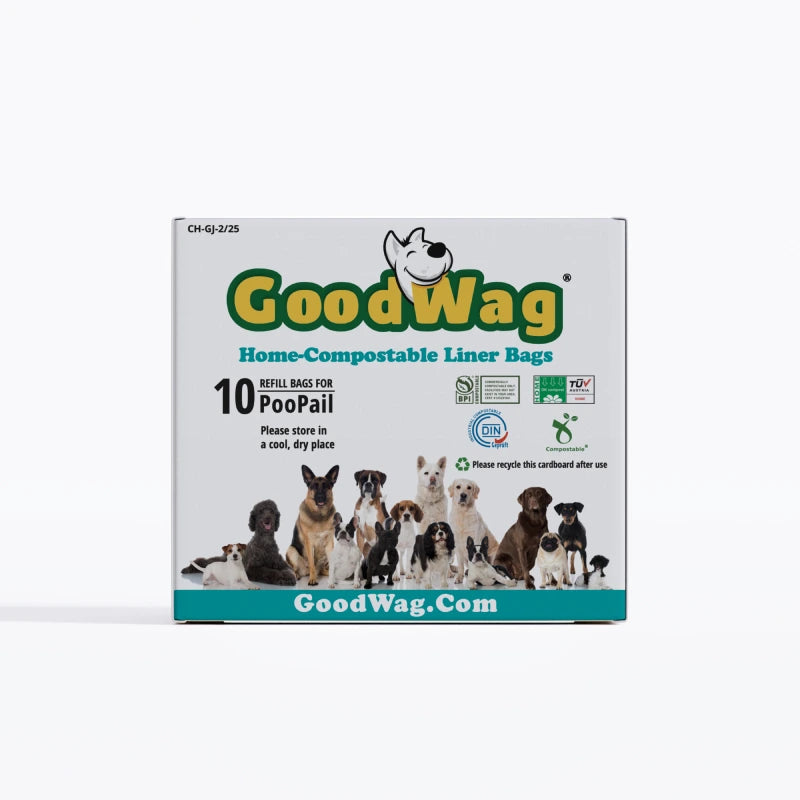
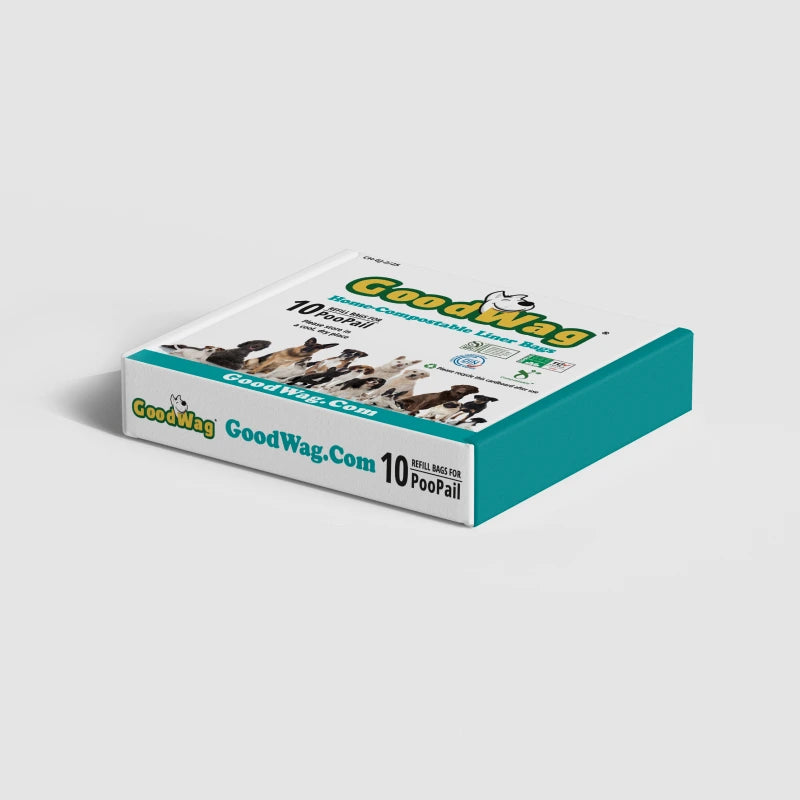
Leave a comment
This site is protected by hCaptcha and the hCaptcha Privacy Policy and Terms of Service apply.